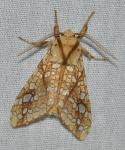
| Recorded by: M. Griffin on 2025-07-30
Ashe Co.
Comment: | 
| Recorded by: Jim Petranka and Mark Basinger on 2025-06-23
Buncombe Co.
Comment: |

| Recorded by: Jim Petranka, Mark Basinger and Becky Elkin on 2025-05-18
Buncombe Co.
Comment: | 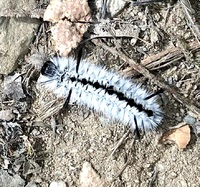
| Recorded by: Mark Basinger on 2024-09-20
Buncombe Co.
Comment: |

| Recorded by: John Petranka on 2024-06-20
Watauga Co.
Comment: | 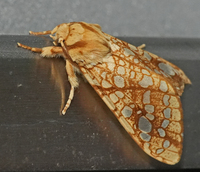
| Recorded by: Chuck Smith on 2024-06-19
Watauga Co.
Comment: |
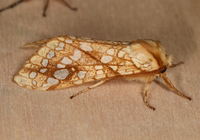
| Recorded by: Jim Petranka and Becky Elkin on 2024-06-03
Madison Co.
Comment: | 
| Recorded by: Jim Petranka, Mark Basinger and Becky Elkin on 2024-05-16
Buncombe Co.
Comment: |

| Recorded by: David George on 2023-06-16
Avery Co.
Comment: | 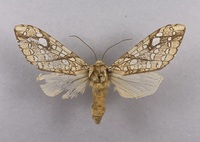
| Recorded by: Richard Teper on 2022-06-24
Avery Co.
Comment: |

| Recorded by: Richard Teper on 2022-06-24
Avery Co.
Comment: | 
| Recorded by: Jim Petranka and Becky Elkin on 2022-06-07
Madison Co.
Comment: |

| Recorded by: tom ward on 2021-05-30
Buncombe Co.
Comment: | 
| Recorded by: Jim Petranka and Becky Elkin on 2021-05-21
Madison Co.
Comment: |
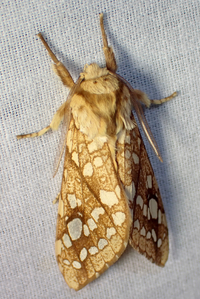
| Recorded by: tom ward on 2021-05-11
Buncombe Co.
Comment: | 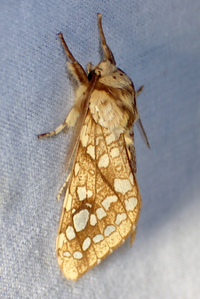
| Recorded by: tom ward on 2021-05-11
Buncombe Co.
Comment: |

| Recorded by: Jim Petranka and Becky Elkin on 2020-06-26
Buncombe Co.
Comment: | 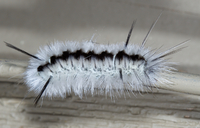
| Recorded by: Jim Petranka and Becky Elkin on 2019-09-18
Madison Co.
Comment: |
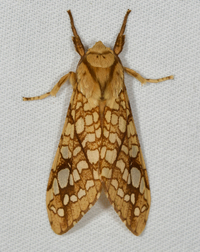
| Recorded by: Jim Petranka and Becky Elkin on 2019-06-07
Madison Co.
Comment: | 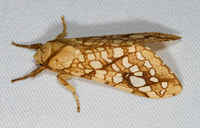
| Recorded by: Jim Petranka and Becky Elkin on 2019-06-07
Madison Co.
Comment: |
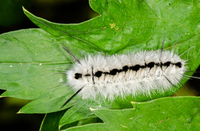
| Recorded by: David L. Heavner on 2018-10-06
Buncombe Co.
Comment: | 
| Recorded by: Jim Petranka and Becky Elkin on 2018-09-27
Yancey Co.
Comment: |
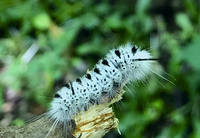
| Recorded by: Jim Petranka and Becky Elkin on 2018-09-02
Madison Co.
Comment: | 
| Recorded by: Steve Hall and Bo Sullivan on 2016-06-15
Ashe Co.
Comment: |
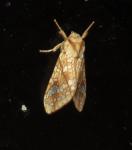
| Recorded by: B. Bockhahn, P. Scharf, K. Kittelberger on 2015-06-18
Avery Co.
Comment: | 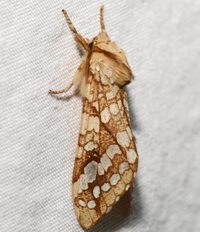
| Recorded by: B. Bockhahn, P. Scharf, K. Kittelberger on 2015-06-18
Avery Co.
Comment: |
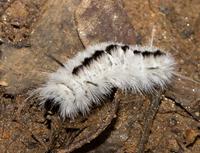
| Recorded by: Steve Hall, Bo Sullivan, and Ashley Sullivan on 2014-09-26
Ashe Co.
Comment: | 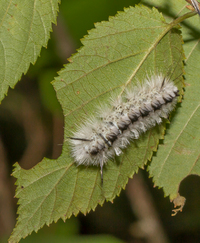
| Recorded by: Steve Hall and Bo Sullivan on 2014-09-26
Ashe Co.
Comment: |
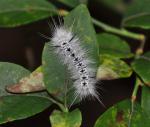
| Recorded by: K. Bischof, S. Becker on 2014-09-04
Watauga Co.
Comment: | 
| Recorded by: Paul Scharf, B Bockhahn, K Kittelberger on 2014-06-08
Avery Co.
Comment: |
|

 »
»